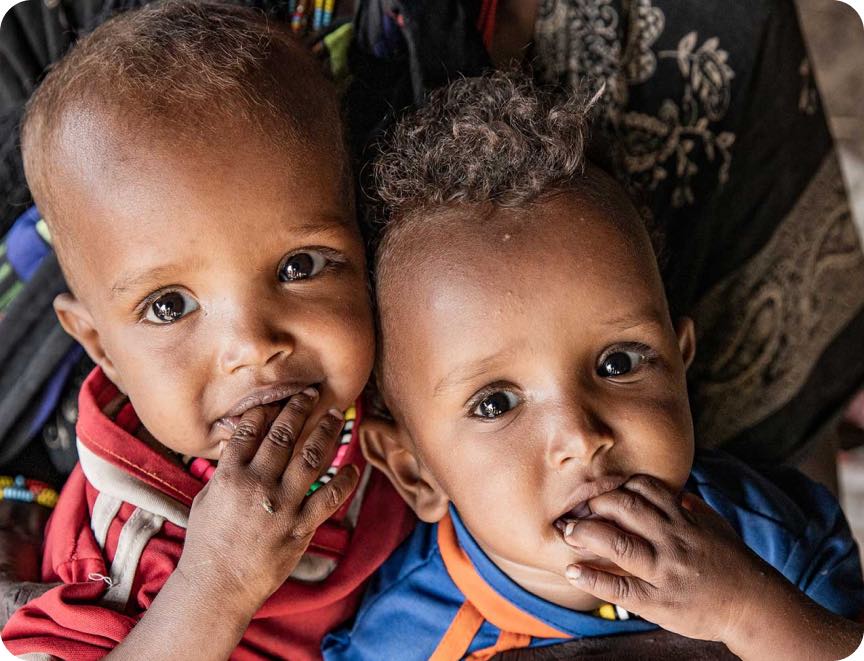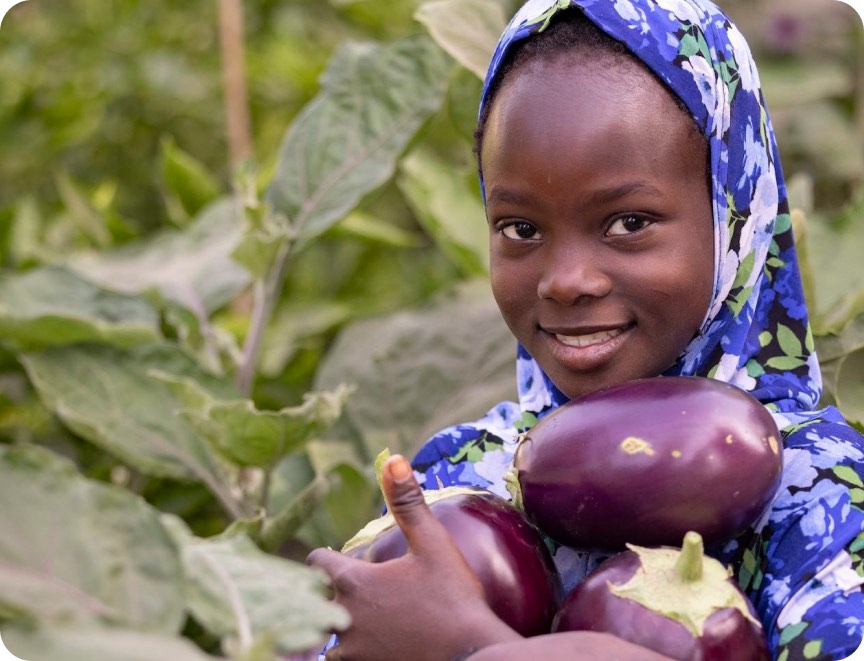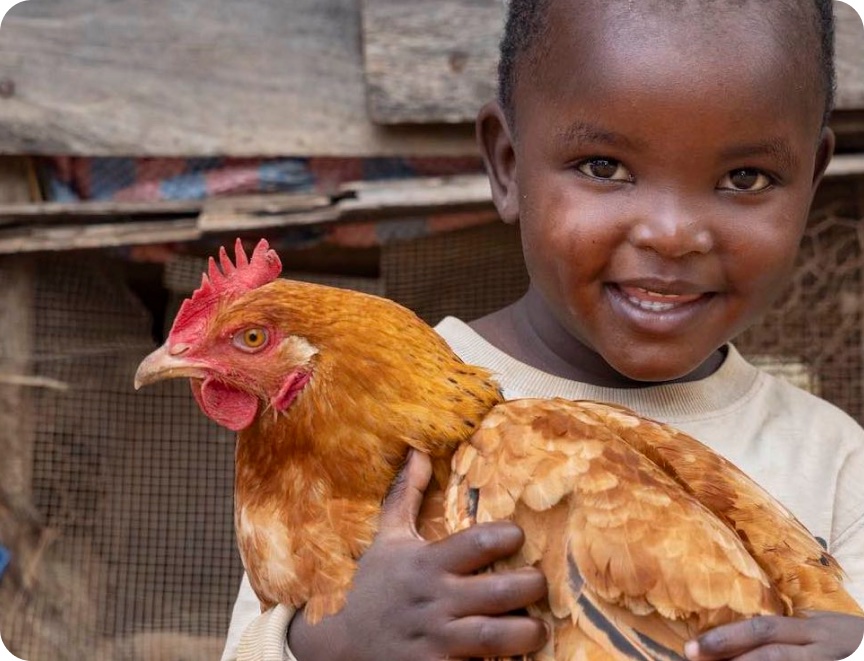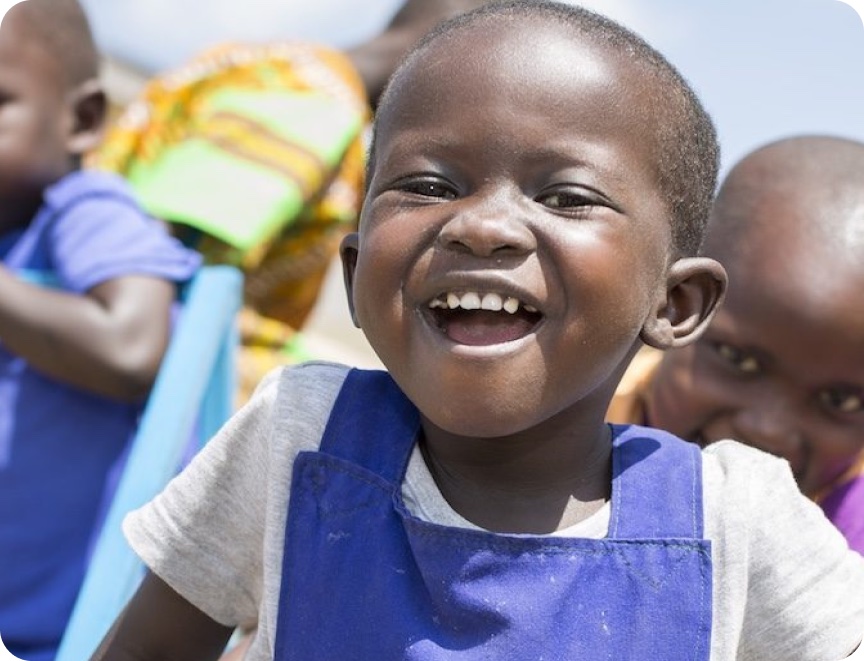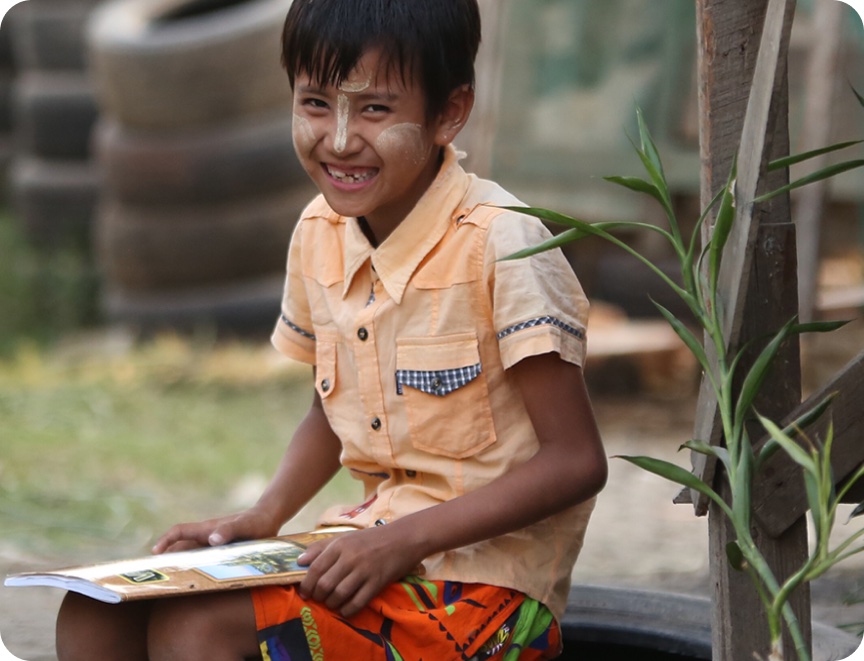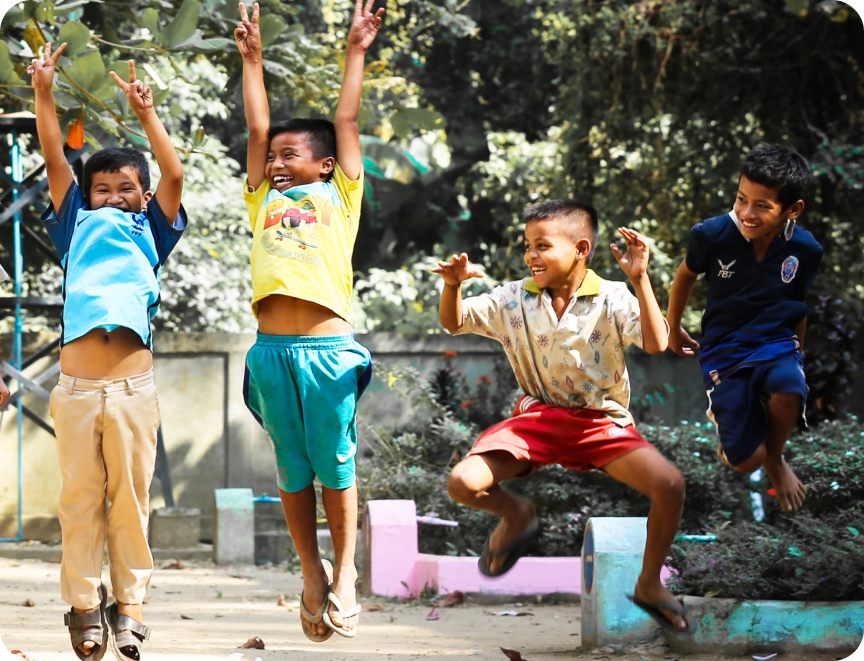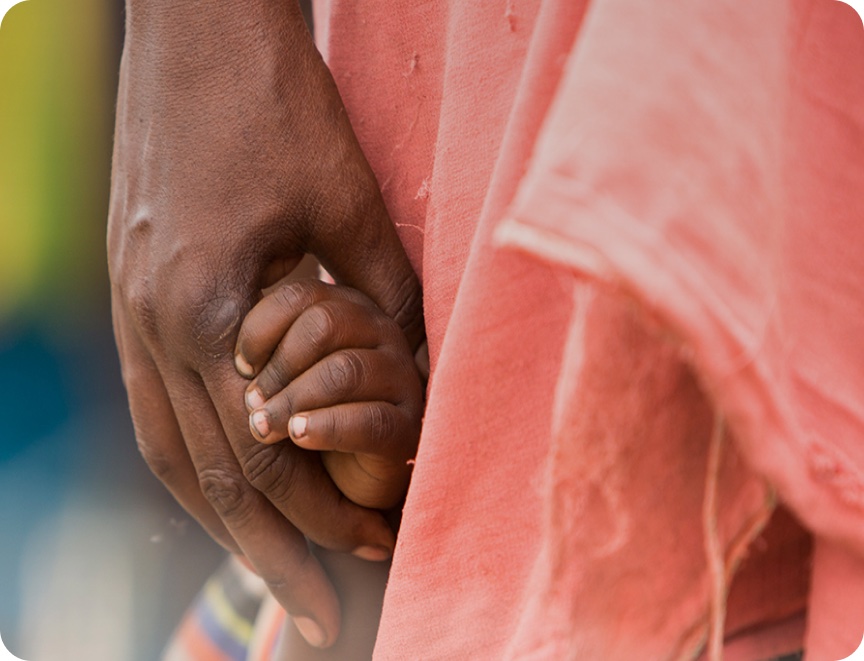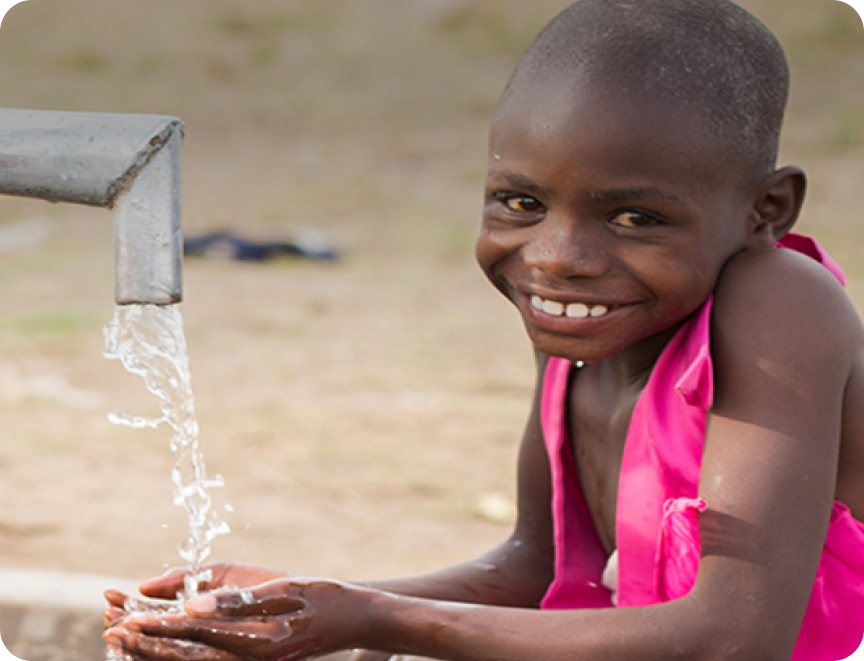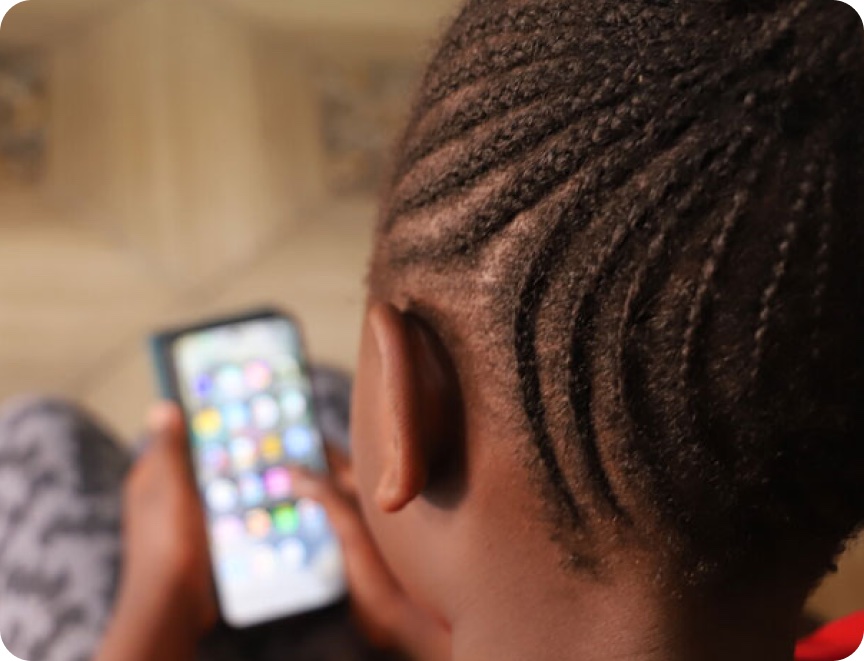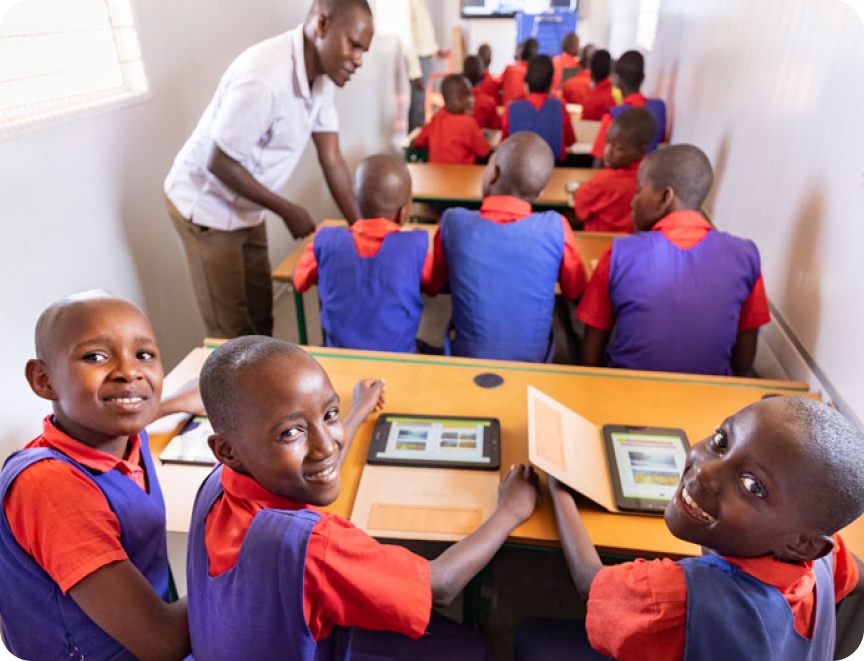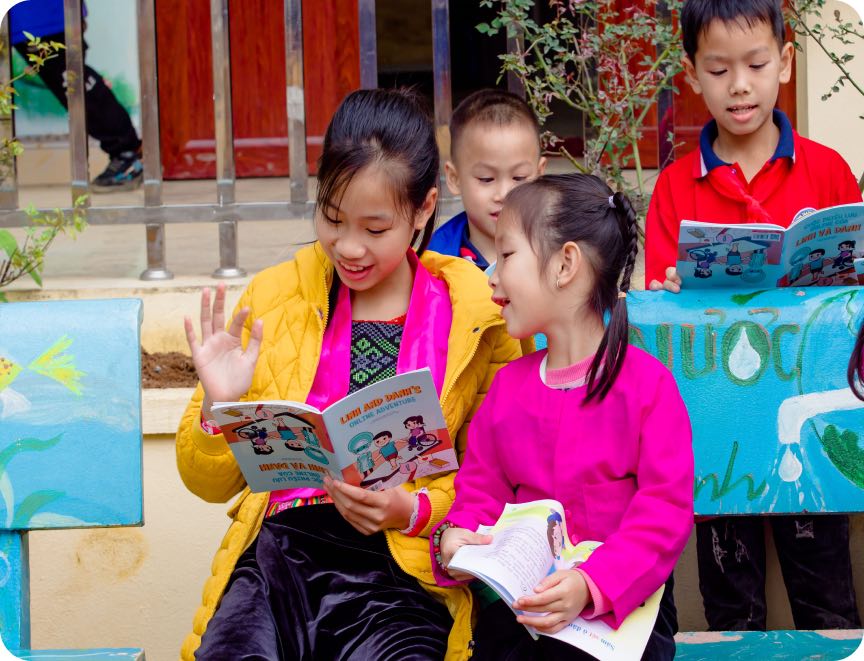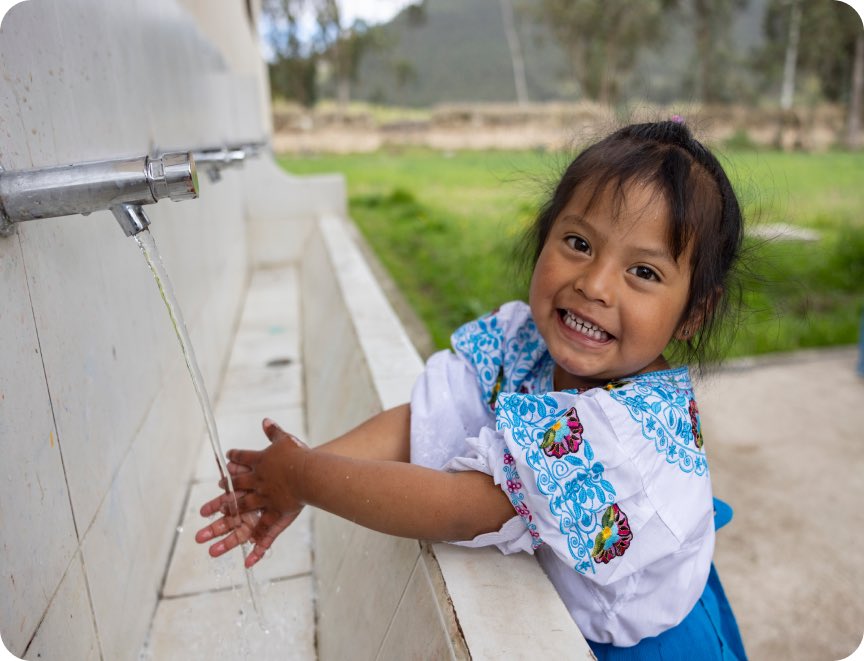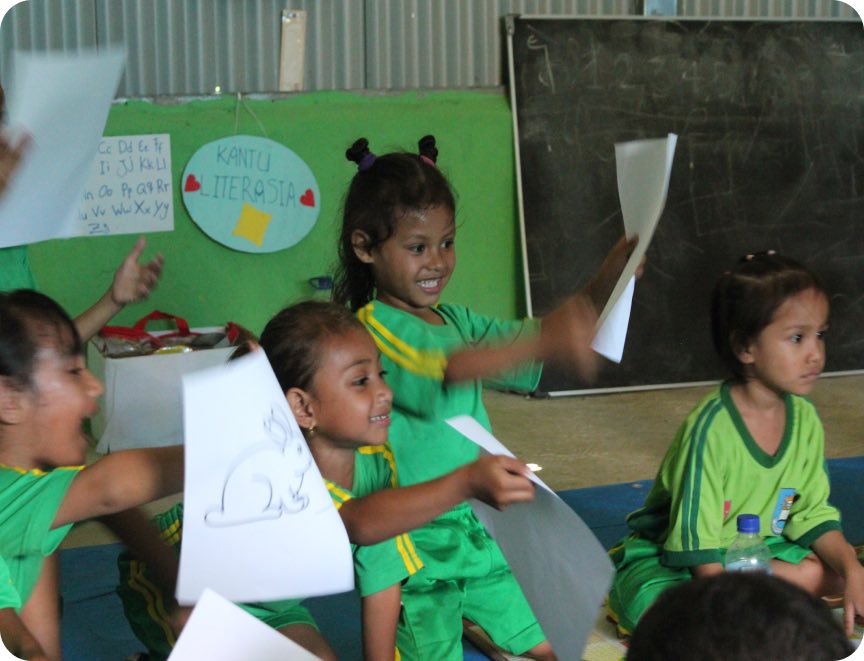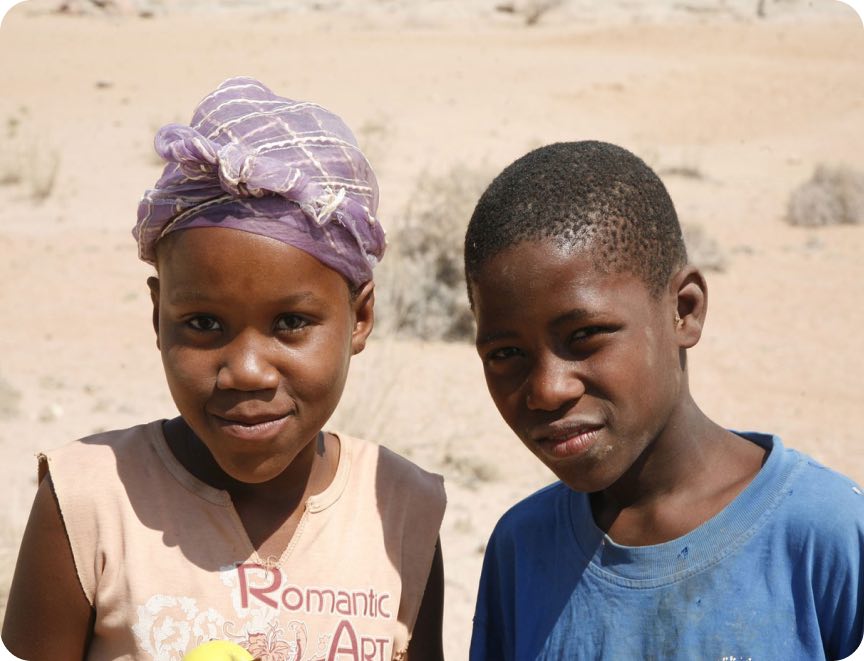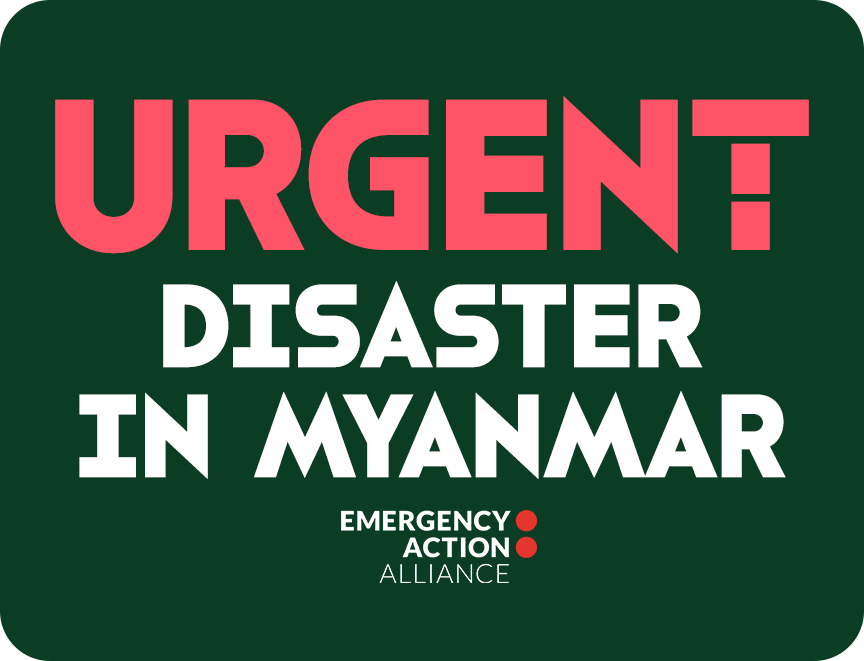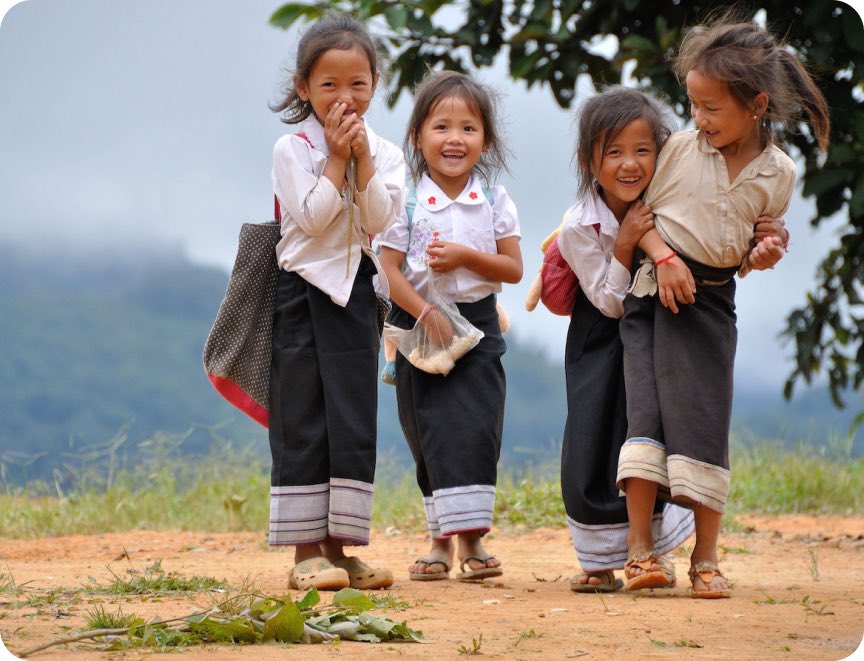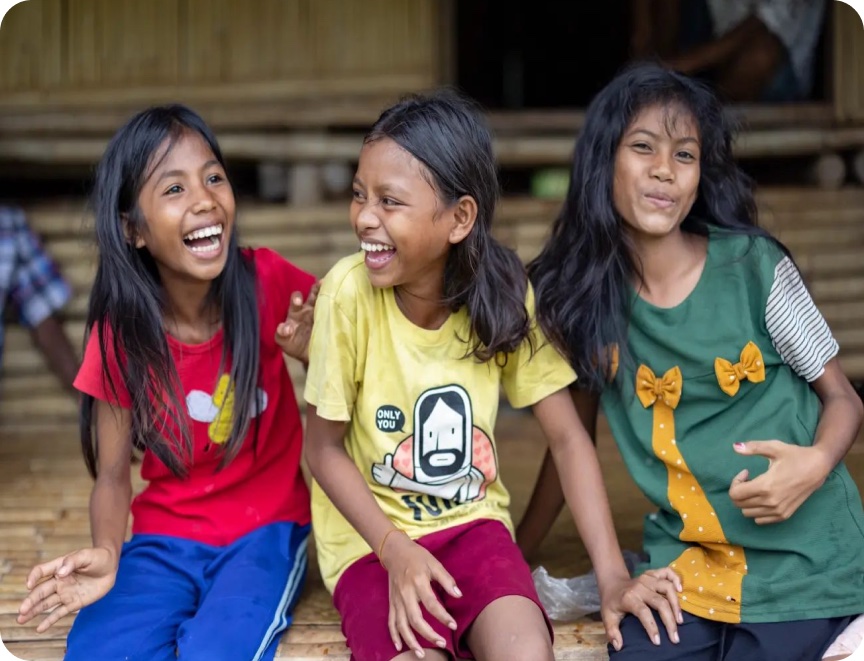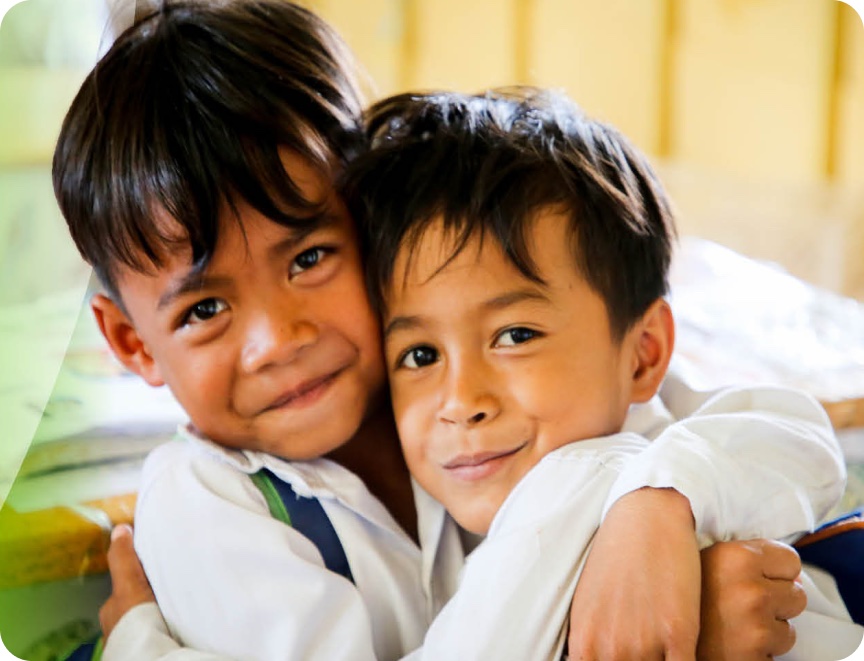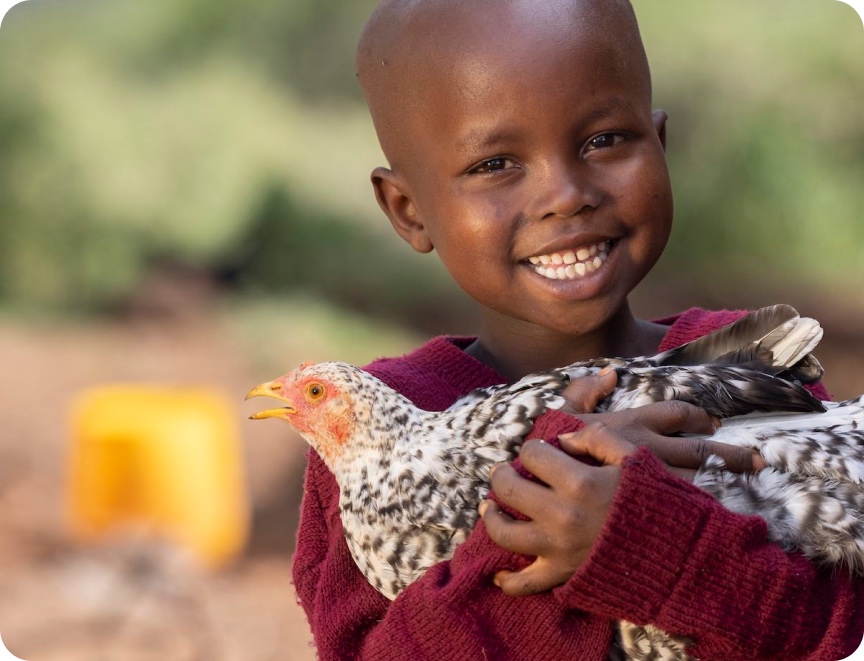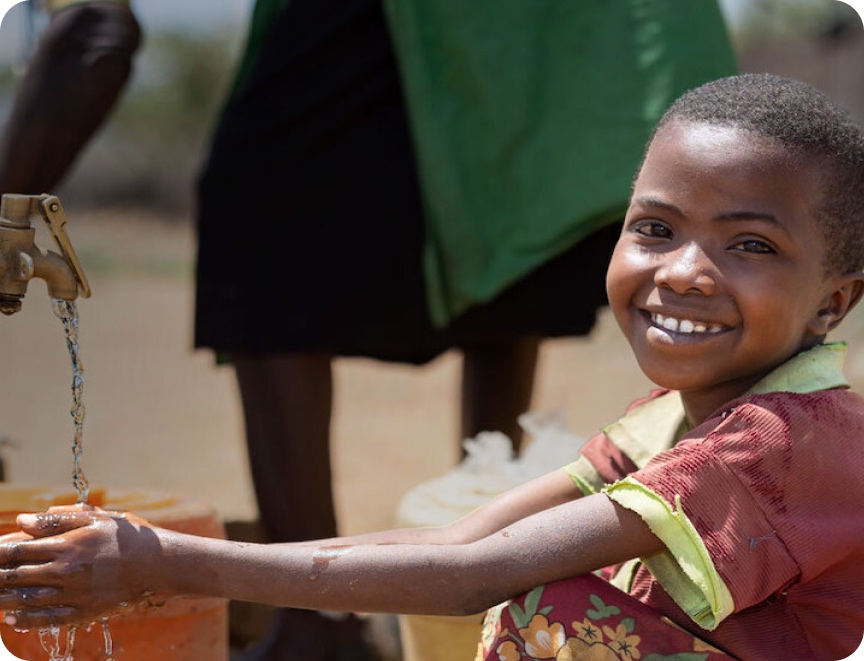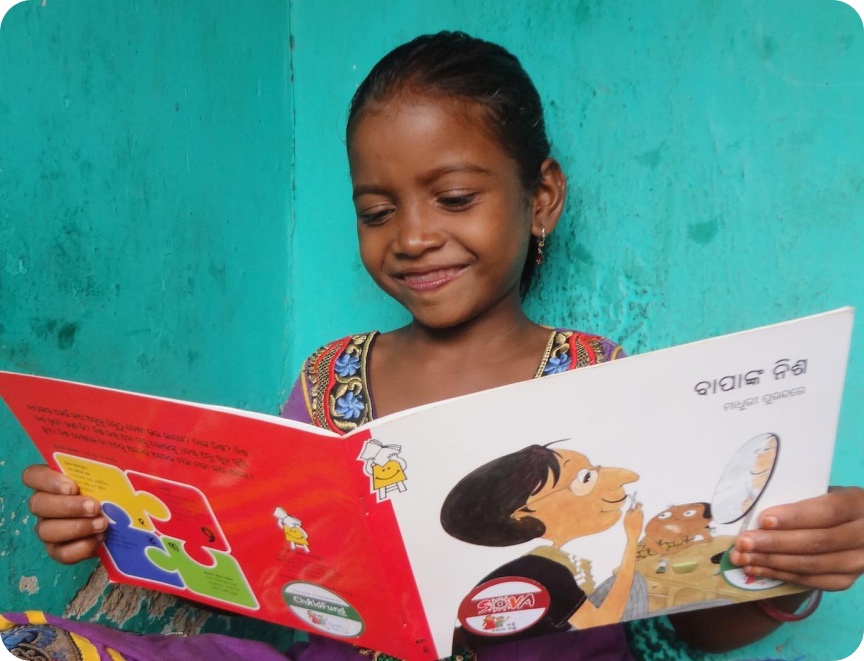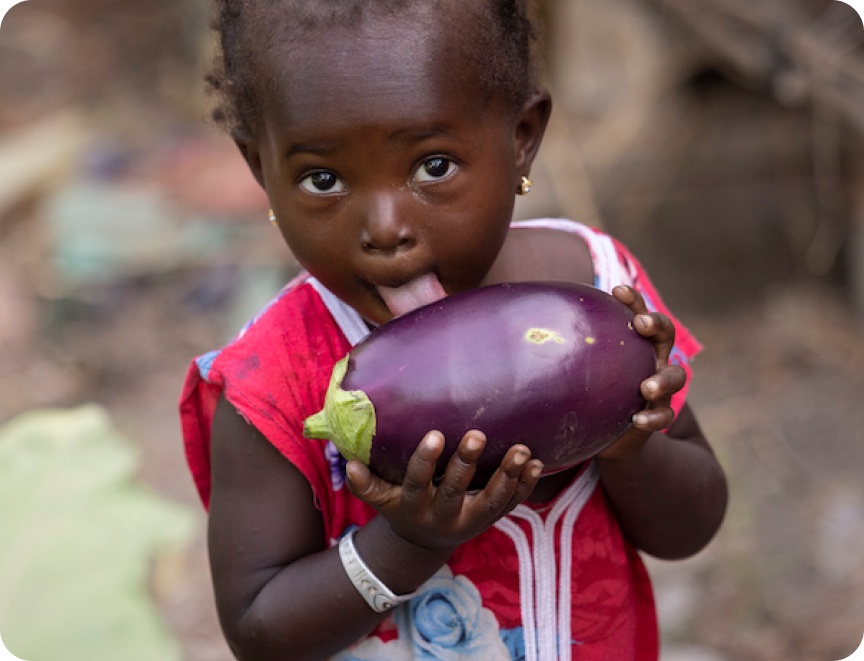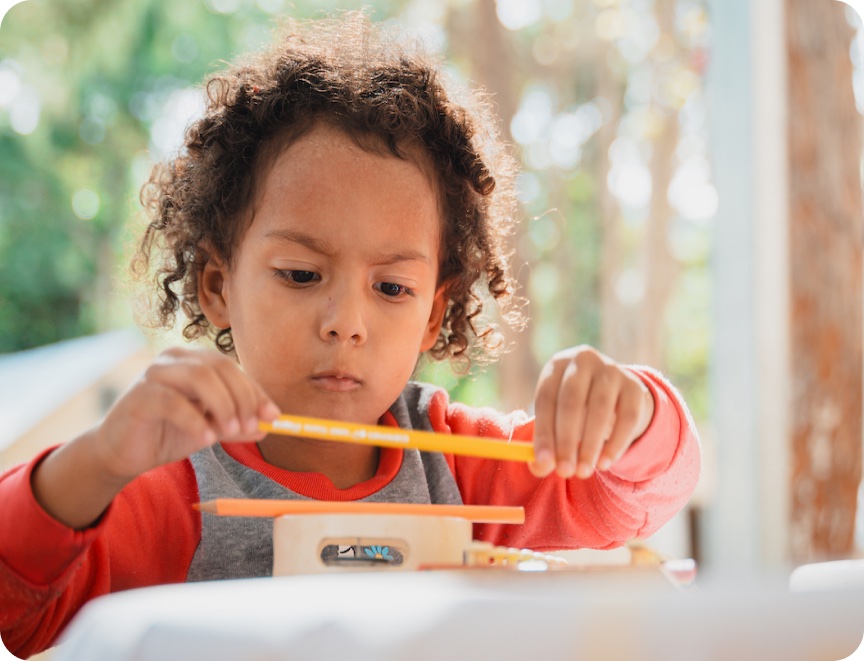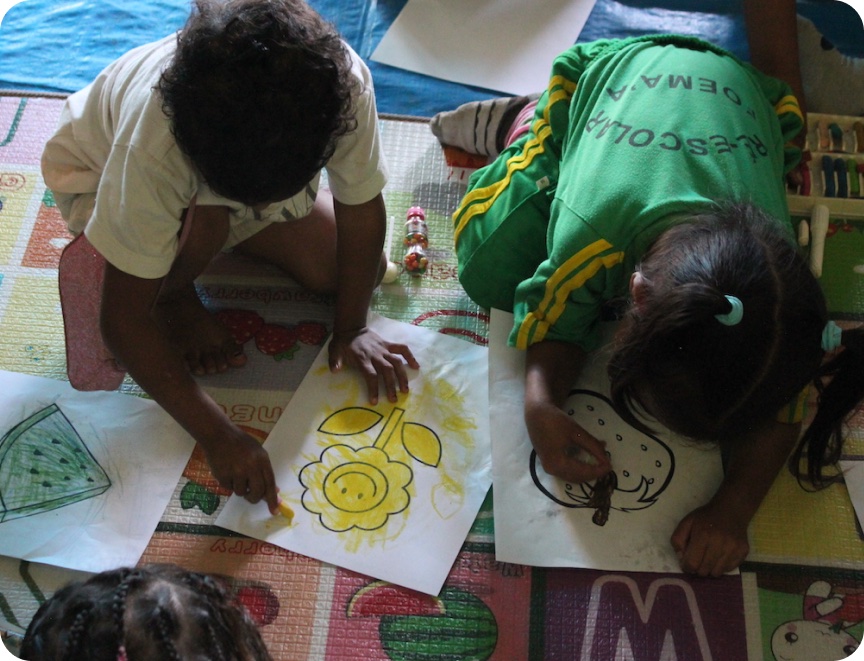Vietnam
ChildFund began working in Vietnam in 1995, and implements community development projects in the northern provinces, where the majority of families are from ethnic minority groups.
Vietnam is considered one of the world’s development success stories, recently moving from one of the world’s poorest nations to one of Asia’s most dynamic economies. Quality of life has improved for many people in the country, but not everyone has benefitted. Income inequality is increasing, with the geographical location of many rural communities, in remote and difficult to access mountainous areas, contributing greatly to the high rates of poverty.
Our priorities are:

There are limited healthcare facilities in remote areas, with children and families facing long journeys to seek medical attention.

Many rural locations do not have year-round access to clean water, which can result in the spread of disease.

Most poor communities in Vietnam rely on small-scale farming, as people often lack the education and skills to reach their full potential.
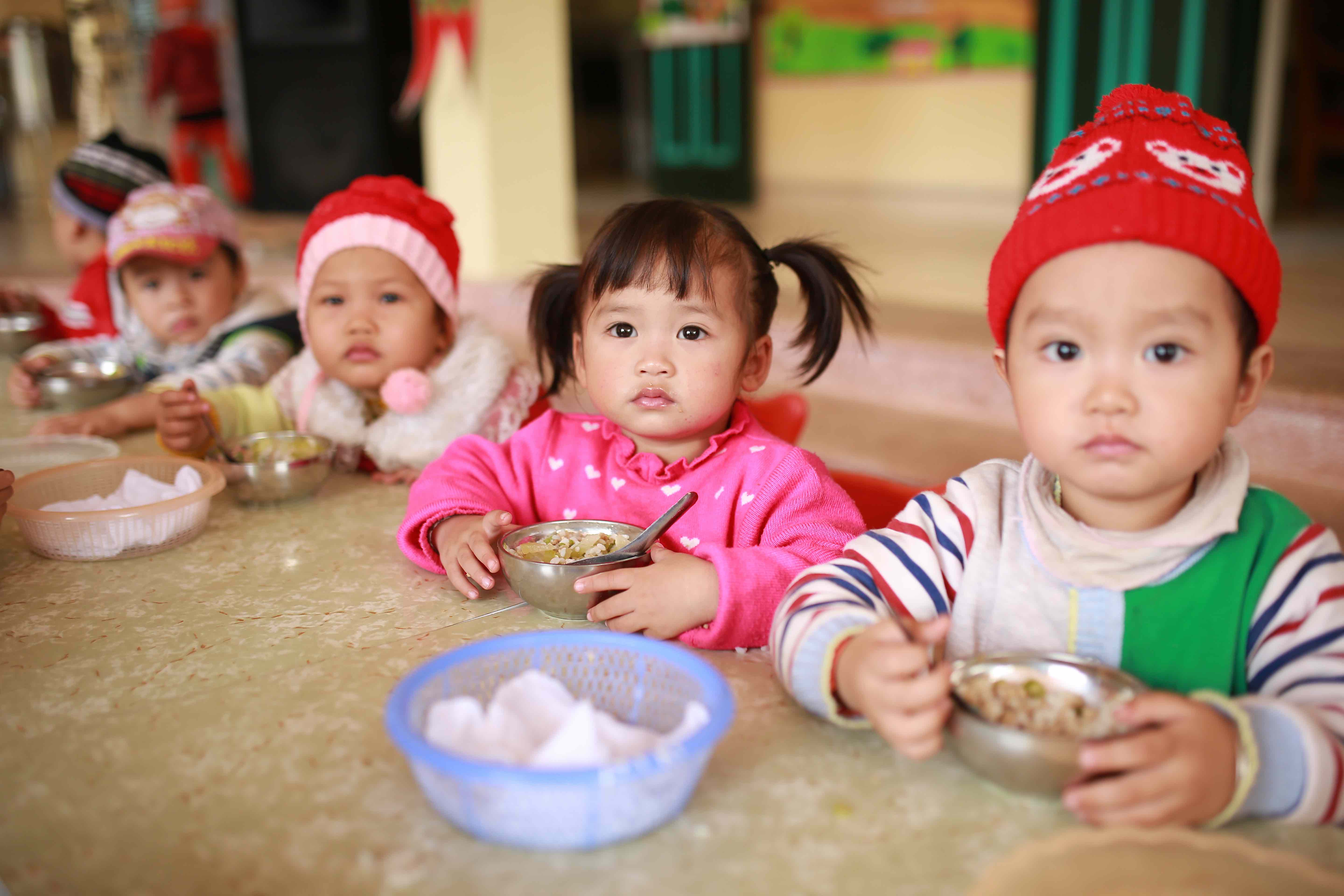
Thao, age 2, Vietnam
1,000 children in one year.
That’s just the start of the difference you’ll make!


